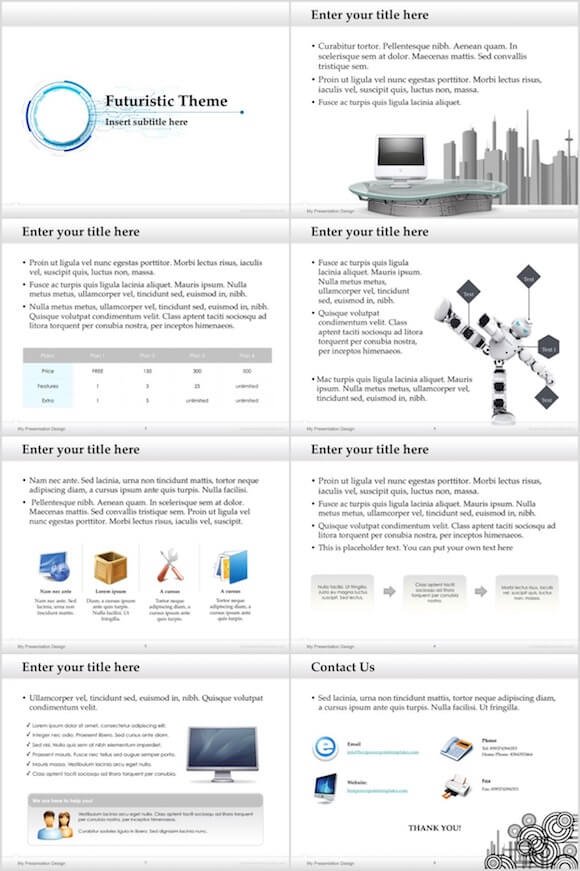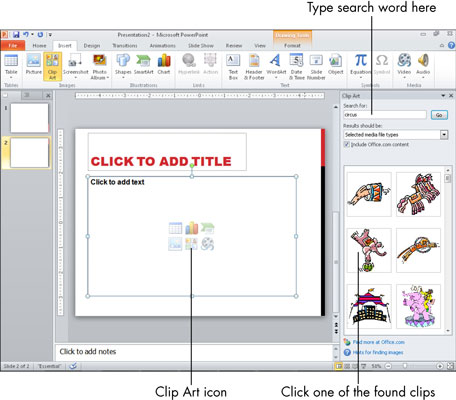

Select the placeholder, click the Shape Format tab, and then make the changes that you want. Select the placeholder, and then drag it to its new location. Select the placeholder, position the pointer over a sizing handle, and then drag the handle until the placeholder is the size that you want. On the slide, drag your cursor to draw the placeholder on the slide. Options are for Content, Content (Vertical), Text, Text (Vertical), Picture, Chart, Table, SmartArt, Media, and Online Image. In the Master Layout group, click the arrow next to Insert Placeholder, and then click the type of placeholder you want to insert. Slide layouts are below the slide master, which is the top slide in the navigation pane. In the navigation pane, click the slide layout that you want to change. On the View menu, in the Master Views group, click Slide Master. In slide master view, you can add placeholders to a new slide layout, or change the look of an existing slide layout. Placeholders are boxes on a slide layout that you click to add content when you're creating your slides. To select multiple slides, press and hold the Command key ⌘, and then click each slide. Select the placeholder on the layout, then press the Delete key. In the left thumbnail pane, click the slide layout that you want to revise. If you want to make a change like that, duplicate that layout, give it a distinct name, and then edit that copy. We recommend that you don't remove a placeholder from a pre-built slide layout. (To select multiple slides, press and hold the Ctrl key, and then click each slide.) When you're done, on the Slide Master tab, click Close Master View. If an unwanted bullet appears before your custom prompt text, in the Paragraph group, click the down arrow next to Bullets, and then click None. With the text selected, you can change the Font or Font Size.

Switch to the Home tab to format the prompt text as you want it to appear. Select the default text in the placeholder, and replace it with your own prompt text. If you add a text placeholder, you can customize the prompt text ("Click to edit. You can add as many placeholders as you like. On the Slide Master tab, click Insert Placeholder, and then click the type of placeholder that you want to add.Ĭlick a location on the slide layout, and then drag to draw the placeholder. In the left thumbnail pane, click the slide layout that you want to add one or more placeholders to.

If you haven't worked with slide layouts, check out What is a slide layout? and What is a slide master? to learn more before reading on. Placeholders can only be added to slide layouts, not individual slides in a presentation. This step finalizes the placeholder change by reapplying the changed slide layout to an actual slide. On the Home tab, click Layout, and then select the layout that contains the placeholders that you just changed. To select multiple slides, press and hold the Ctrl key, and then click each slide. In Normal View, in the thumbnail pane, select all the slides that use the slide layout you just revised. On the Slide Master tab, click Close Master View. To reposition it, point to one of its borders and when the pointer becomes a four-headed arrow, drag the placeholder to a new position. To resize it, point to one of its sizing handles, and when the pointer becomes a two-headed arrow, drag the handle. On the slide layout that you want change, click the placeholder that you want to change, and then do one of the following:

If you want to keep the changes for future use, in the Edit Theme group, click Themes, and then click Save Current Theme. If you apply a different theme, then the slide master changes are discarded. Tip: Modifications to the slide master and the corresponding slide layouts are temporarily added to the theme that is applied to your presentation.


 0 kommentar(er)
0 kommentar(er)
